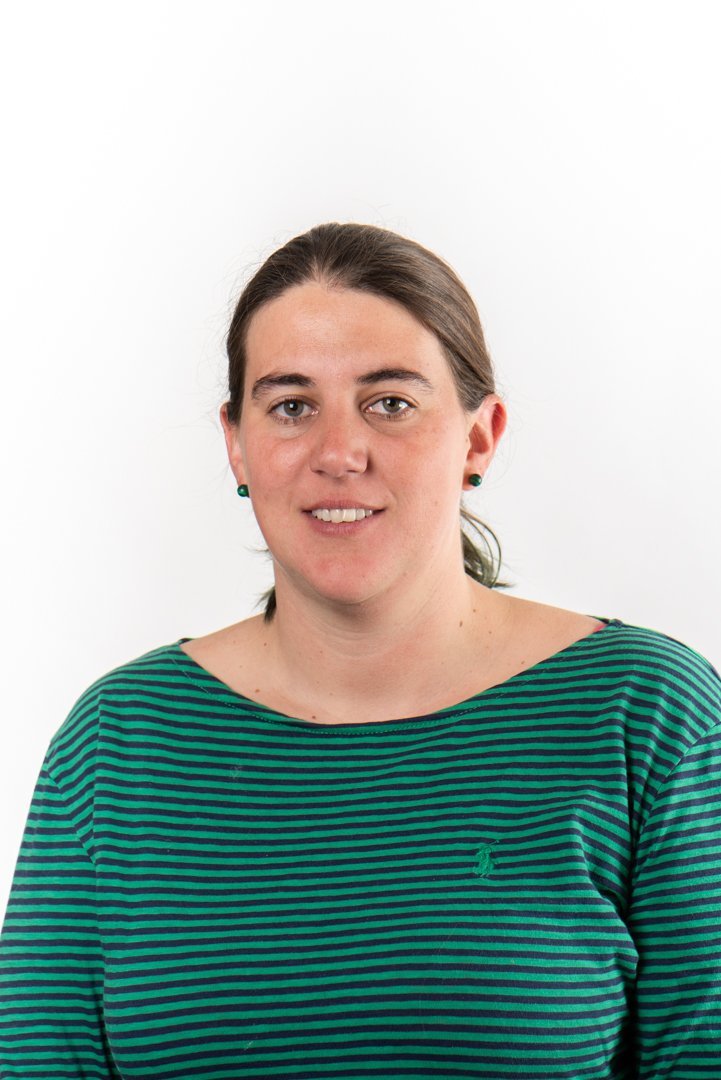- Evrópuverkefni
- Rannsóknir
- Dýrasvif
- Efnagreiningar
- Ferskvatnsfiskar
- Stangveiði
- Fiskmerkingar
- Framandi sjávarlífverur
- Hvalarannsóknir
- Kolmunni
- Kortlagning búsvæða
- Kortlagning hafsbotnsins
- Arnarfjörður
- Drekasvæði
- Hali Dohrnbanki
- Ísafjarðardjúp
- Jökulbanki
- Jökuldjúp
- Kolbeinseyjarhryggur og nágrenni
- Kolluáll
- Kötluhryggir
- Langanesgrunn
- Látragrunn
- Nesdjúp
- Reykjaneshryggur og nágrenni
- Selvogsbanki
- Suðaustan Lónsdjúps
- Suðausturmið
- Suðurdjúp
- Suðvestan Jökuldjúps
- Sunnan Selvogsbanka
- Sunnan Skeiðarárdjúps
- Sunnan Skerjadjúps
- Vesturdjúp
- Víkuráll
- Austan við Reykjaneshrygg
- Vestfjarðarmið
- Kvarnir og aldursákvörðun beinfiska
- Loðna
- Makríll
- Myndavélar við stofnmat
- Sjórannsóknir
- Steinbítur & hlýri
- Stofnmælingar
- Veiðarfærasjá
- Vöktun eiturþörunga
- Vöktun veiðiáa
- Þörungarannsóknir
- Rannsóknafréttir
- Umhverfisáhrif sjókvíaeldis
- Ráðgjöf
- Miðlun
- Ársskýrslur
- Fréttir & tilkynningar
- Fyrir skóla
- Lax- og silungsveiðin - tölur
- Málstofur
- Merki/logo
- Myndbönd
- Útgáfa
- Samfélagsmiðlar
- Öryggi & persónuvernd
- Myndasafn
- Skráning á póstlista
- Um okkur
M. Dolores Pérez-Hernández flytur erindi á málstofu
25. mars 2019
Á málstofu Hafrannsóknastofnunar fimmtudaginn 28. mars mun M. Dolores Pérez-Hernández (Lola), haffræðingur á umhverfissviði stofnunarinnar, kynna niðurstöður rannsókna á straumakerfi í hafinu við Svalbarða og í Norður-Íshafinu.
Málstofan verður haldin í fyrirlestrarsal á 1. hæð Skúlagötu 4 og hefst kl. 12:30 og er öllum opin. Athugið að erindið verður flutt á ensku. Vegna bilunar verður ekki streymi frá málstofunni.
Hluti hlýsjávar Atlantshafs streymir í norður framhjá Íslandi og Svalbarða og inn í Norður-Íshafið, þar sem straumurinn sveigir til austurs og liggur meðfram landgrunni Evrópu og Rússlands. Í erindinu er fjallað um helstu eiginleika þessa straums og árstíðabundin breytileika út frá gögnum sem safnað var árin 2012 og 2013.
Rannsóknin var hluti af stærra verkefni sem ber heitið A-TWAIn (The Atlantic Water Boundary Current in the Eastern Arctic: Composition, Transport, Variability, and Dynamics). Lola vann að verkefninu árin 2015 til 2018 er hún starfaði sem vísindamaður við Woods Hole Oceanographic Institution í Bandaríkjunum.
Þrjár vísindagreinar hafa verið birtar um verkefnið og má nálgast þær hér:
- The Atlantic Water boundary current north of Svalbard in late summer (2017)
- Variability and redistribution of heat in the Atlantic Water boundary current north of Svalbard (2018)
- Structure, transport and seasonality of the Atlantic Water Boundary Current north of Svalbard: Results from a year-long mooring array (2019)
Ágrip (á ensku)
The Svalbard branch of the Atlantic Water (AW) flows eastward north of Svalbard carrying warm and salty waters along the slope of the western Eurasian Basin. Here we explore the characteristics and seasonality of the boundary current using data from a September 2013 oceanographic cruise and a six-mooring array deployed at 81.7oN, 30.6oE between September 2012 and September 2013. On average the current carries 3.96 ±0.32 Sv (1 Sv=106 m3s-1), of which 2.08±0.24 Sv are of AW. From late-summer to early-winter the AW was warmest and saltiest, and its eastward transport strongest, while from mid-spring to mid-summer the AW was coldest and freshest and its transport weakest. In this region, the layer of AW is modified via convective overturning in winter. Even though two distinct currents transporting AW emerge from Fram Strait into the Arctic Ocean (the Yermak and Svalbard branches), at our study area they appear as a single, combined flow. A small portion of this boundary current enters in the Kvitøya Trough, but it’s warm and salty signature is quickly eroded.
Um fyrirlesarann
M. Dolores Pérez-Hernández (a.k.a. Lola) is a Physical Oceanographer in the environment division. She holds a Ph.D. in Physical Oceanography from the Oceanography and Global Change Institute (IOCAG) of the University of Las Palmas de Gran Canaria. She worked 2-years as a postdoc at the Woods Hole Oceanographic Institution. She has also worked at the Scripps Institution of Oceanography and the National Oceanography Center, Southampton.
Her main research interests are ocean circulation and dynamics in a changing climate; structure, dynamics and variability of boundary currents; inter-gyre/basin exchanges; high latitudes; Meridional Overturning Circulation; observational techniques (traditional observations, autonomous new platforms, reanalysis, and satellite data); and lately complementing observations with models.
She has 16 publications in peer-review journals, 3 book chapters and participated in 7 research projects and 17 research cruises from 4 different nationalities.



